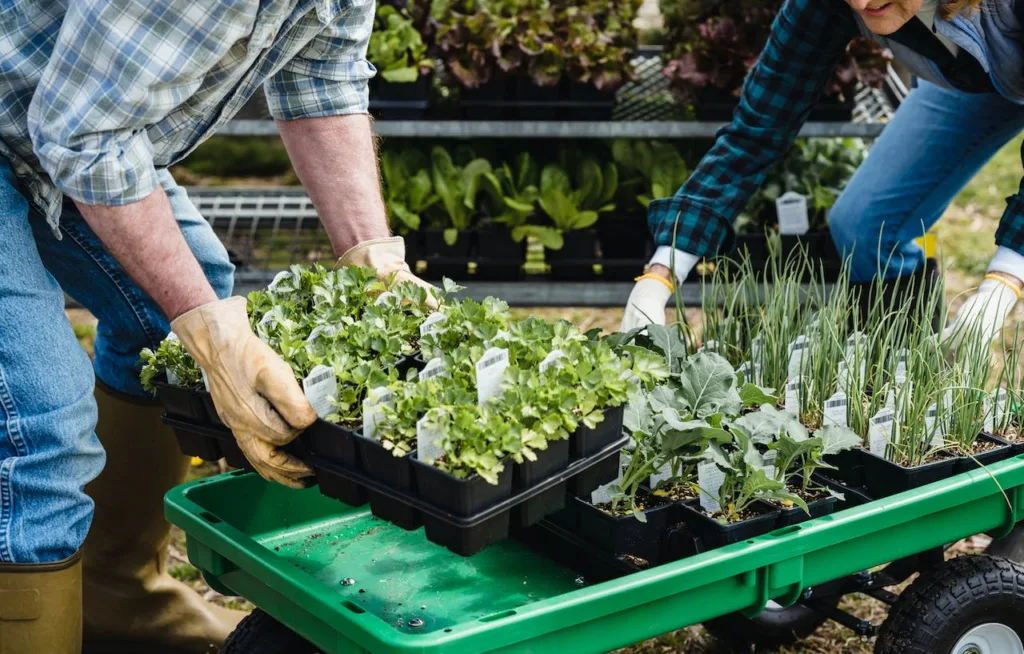Container gardening is a convenient and all-around way to bring the beauty and joy of gardening into your life, even if you have limited space or lack a traditional garden.
Whether you’re a complete beginner or have some gardening experience, this comprehensive guide will provide you with essential tips and tricks to create a thriving container garden.
From selecting the right containers to choosing the perfect plants, we’ve got you covered.
What is Container Gardening
Container gardening is a method of growing plants in containers, pots, or other suitable utensils rather than planting them directly in the ground.
This approach is particularly useful for individuals with limited space, such as those living in apartments, balconies, or houses without access to a garden plot.
In container gardening, a variety of plants including flowers, herbs, vegetables, and small shrubs can be cultivated in containers filled with well-drained potting mix.
These containers can vary in size, material, and design, providing flexibility in creating visually attractive arrangements.
Container gardens can be set up on patios, balconies, windows, or any available outdoor or indoor space, allowing individuals to enjoy gardening even in urban or confined environments.
Container gardening offers several advantages, such as mobility, ease of maintenance, and the ability to control soil conditions.
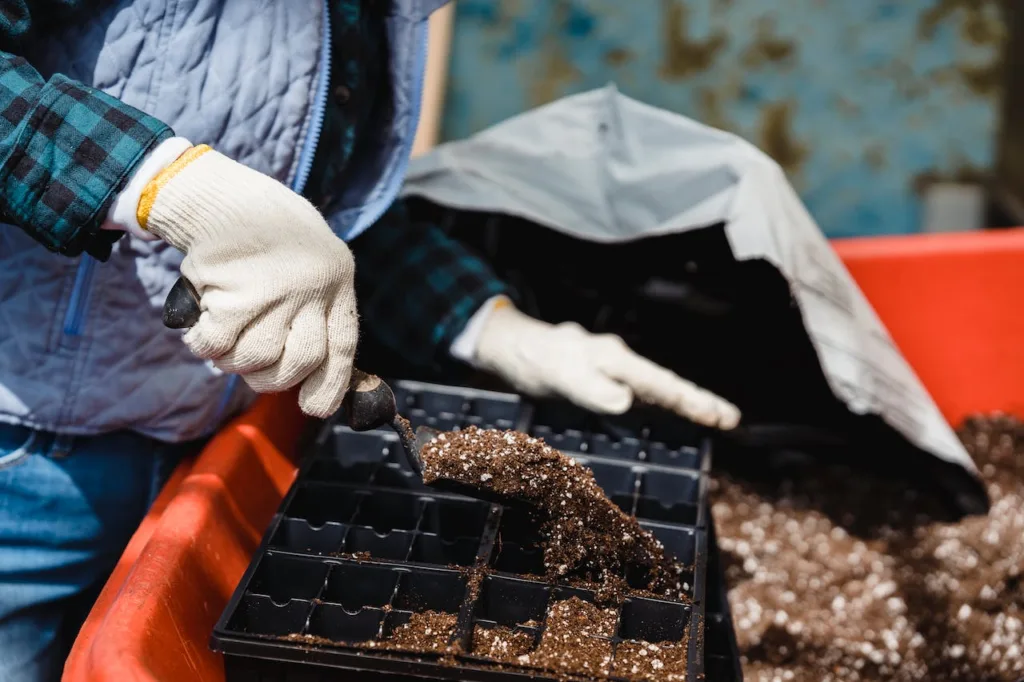
1. Choose the Right Containers
The first step in successful container gardening is selecting the right containers. Consider the following factors when choosing your pots:
Size: Ensure that your containers are large enough to accommodate the mature size of your plants. Smaller plants can be grown in smaller pots, while larger, more sprawling plants will require bigger containers.
Material: Containers are available in various materials such as clay, plastic, wood, and metal. Each has its pros and cons, so choose one that suits your style and the needs of your plants.
Drainage: Proper drainage is crucial for the health of your plants. Make sure your containers have drainage holes to prevent waterlogging.
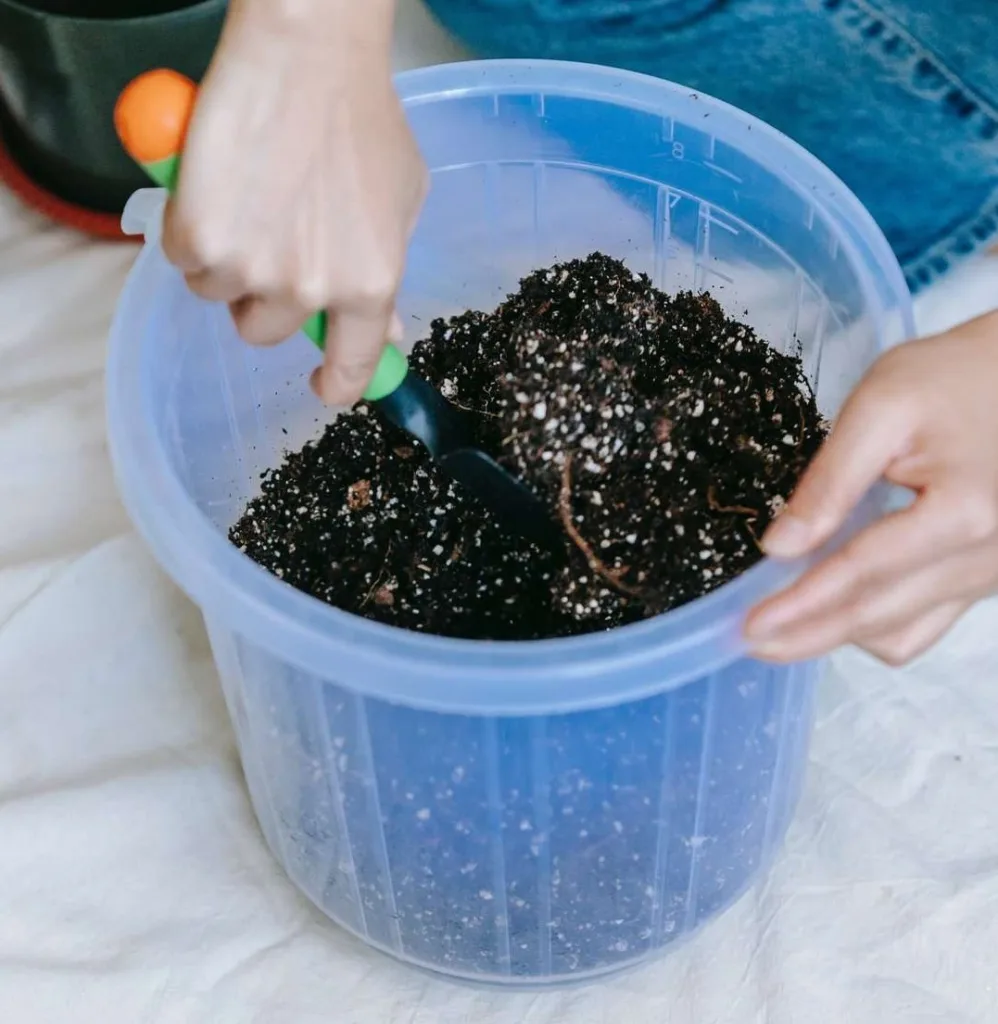
2. Use Quality Potting Soil
Choosing the right potting soil is essential for the success of your container garden. Avoid using garden soil as it may be too heavy and not well-draining.
Opt for a high-quality potting mix that contains a blend of organic matter, perlite, and vermiculite to ensure proper aeration, water retention, and nutrient availability for your plants.
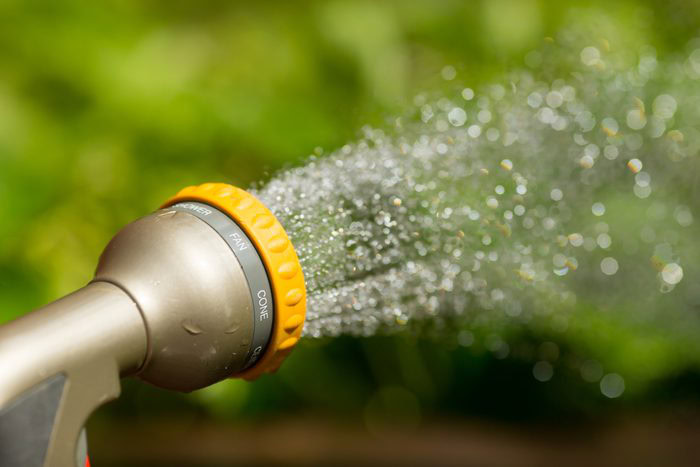
3. Provide Adequate Watering
Watering is one of the most critical aspects of container gardening. Pay attention to the moisture needs of your plants and water them accordingly. Here are a few helpful tips:
- Check the soil moisture regularly by sticking your finger about an inch into the soil. If it feels dry, it’s time to water.
- Water thoroughly until you see water coming out of the drainage holes, ensuring that the entire root ball gets hydrated.
- Avoid overwatering, as it can lead to root rot. It’s better to underwater slightly than to drown your plants.
- Consider using a self-watering container or installing a drip irrigation system to make watering more convenient and efficient.
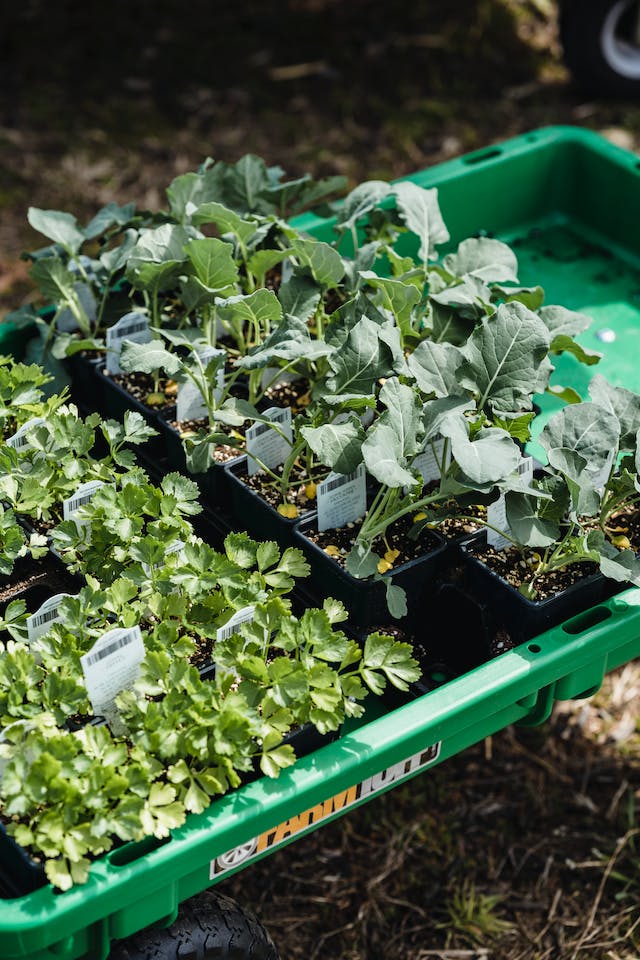
4. Choose the Right Plants
Selecting the right plants for your container garden is crucial for their long-term success. Consider the following factors:
- Sunlight requirements: Determine whether your chosen plants prefer full sun, partial sun, or shade. This will help you place them in the appropriate location.
- Mature size: Take into account the mature size of the plants to ensure they won’t outgrow their containers and become overcrowded.
- Compatibility: Check if the plants you choose have similar needs in terms of sunlight, water, and soil conditions. Pairing compatible plants will make maintenance easier.
5. Provide Adequate Light
Most plants require sufficient sunlight to thrive. Place your containers in locations that receive the appropriate amount of sunlight for your chosen plants. Consider these general guidelines:
- Full sun: At least six hours of direct sunlight per day.
- Partial sun/part shade: Around four to six hours of direct sunlight per day.
- Shade: Less than four hours of direct sunlight per day or indirect light.
If you lack adequate natural light, consider using artificial grow lights to supplement your plants’ light requirements.
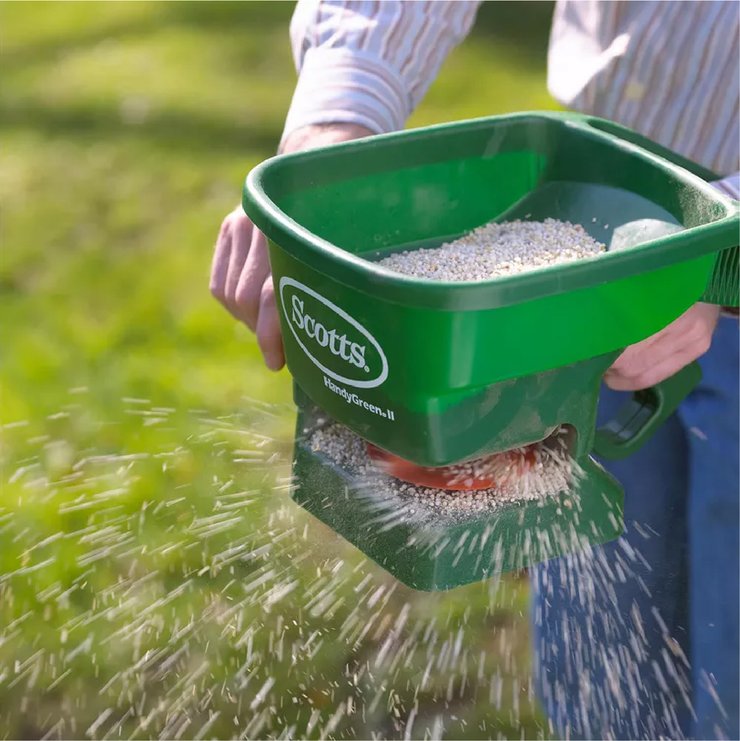
6. Fertilize Regularly
Container plants often require more frequent feeding since nutrients in the potting soil can deplete over time. Choose a slow-release granular fertilizer or a water-soluble fertilizer and apply it according to the package instructions. Remember to water your plants before fertilizing them to avoid burning their roots.
7. Practice Proper Pruning
Regular pruning not only keeps your plants in shape but also promotes healthy growth and prevents diseases. Follow these basic pruning guidelines:
- Remove dead, damaged, or yellowing leaves and stems.
- Pinch back the tips of fast-growing plants to encourage bushier growth.
- Remove any overcrowded or leggy branches to maintain an open structure.
- Prune after flowering to encourage the development of new blooms.
8. Prevent Pests and Diseases
Pests and diseases can wreak havoc on your container garden. Take preventative measures to keep your plants healthy:
- Inspect your plants regularly for signs of pests such as aphids, mealybugs, or spider mites. Identify the problem early to take appropriate action.
- Avoid overwatering, as it can create a favorable environment for fungal diseases.
- Use organic pest control methods like neem oil or insecticidal soap if necessary.
- Remove any infected or diseased plant material promptly to prevent the spread of diseases.
9. Rotate and Refresh
To prevent soil depletion and maintain the vitality of your container garden, it’s a good idea to rotate your plants and refresh the potting soil periodically. Here’s how you can do it:
- Every year or so, replace the potting soil or amend it with compost to replenish nutrients.
- Rotate the plants within different containers to prevent specific pests or diseases from building up in one location.
- Consider changing the plant selection each season to keep your container garden visually appealing and provide new challenges for your gardening skills.
10. Enjoy the Journey
Container gardening is not only about the result but also the joy and satisfaction it brings along the way. Embrace the process, experiment with different plants and container combinations, and don’t be discouraged by failures.
Remember that gardening is a continuous learning journey, and each experience will teach you something new.
In conclusion, container gardening is a fantastic way to experience the joys of gardening, no matter the size of your living space. By following these ten easy tips, you’ll be well on your way to creating a thriving, beautiful container garden. So, roll up your sleeves, grab your pots and plants, and start your container gardening adventure today!
FAQs
What is a disadvantage to container gardening?
One disadvantage of container gardening is that containers can restrict the root space of plants compared to traditional in-ground gardens.
This limitation may affect the size and overall growth of certain plants, leading to the need for careful selection of appropriate varieties and diligent attention to watering and fertilizing.
What is the best container for container gardening?
The best container for container gardening depends on various factors, including the type of plants, available space, and aesthetic preferences.
Generally, containers made of materials like ceramic, plastic, or fiberglass work well. It’s crucial to choose containers with drainage holes to prevent waterlogging.
The size of the container should accommodate the mature size of the plants and allow for proper root development.
What are the best vegetables for container gardening?
Several vegetables thrive in container gardens. Some excellent choices include:
- Tomatoes: Choose compact or determinate varieties.
- Peppers: Bell peppers or chili peppers are well-suited for containers.
- Herbs: Basil, thyme, rosemary, and parsley are excellent choices.
- Lettuce: Varieties like looseleaf or butterhead work well in containers.
- Radishes: Fast-growing and compact, suitable for smaller containers.
- Carrots: Shorter, round varieties are ideal for containers.
- Spinach: Compact and can be grown in smaller pots.
- Cucumbers: Bush or dwarf cucumber varieties are suitable for containers.

